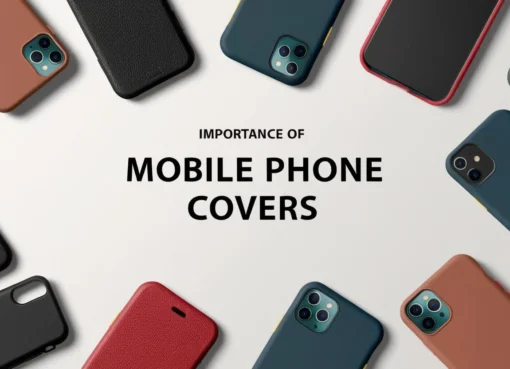AI Voice Text-to-Speech: Turning Your Words into Audio Magic

AI Voice Text-to-Speech technology has revolutionized the way we interact with digital content, transforming written words into lifelike audio experiences. From enhancing accessibility for individuals with disabilities to personalizing brand communication, the applications of AI voice technology are vast and diverse. This article delves into the world of AI voice text-to-speech, exploring its evolution, benefits across various industries, challenges faced, and future innovations that are shaping the audio landscape. Join us to discover how AI is turning words into audio magic.
1. Introduction to AI Voice Text-to-Speech Technology
Ever wanted your written words to come alive in audio form? Text-to-speech technology makes it happen by converting text into spoken words. It’s like having a virtual narrator at your fingertips, ready to bring your content to life.
From creating audiobooks and podcasts to enhancing accessibility for visually impaired individuals, the applications of AI voice text-to-speech are vast. Businesses can also leverage this technology for customer service interactions and marketing campaigns, offering a more engaging and personalized experience.
2. The Evolution of Text-to-Speech Algorithms
Text-to-speech technology has come a long way since its inception. From early robotic-sounding voices to today’s natural-sounding speech, the journey of TTS algorithms showcases the power of innovation and advancements in artificial intelligence.
With the rise of machine learning and neural networks, text-to-speech algorithms have witnessed significant improvements in voice quality and naturalness. These advancements have paved the way for more realistic and human-like audio experiences.
3. Benefits of AI Voice Text-to-Speech in Various Industries
AI voice text-to-speech technology plays a crucial role in making content more accessible to individuals with visual impairments or learning disabilities. By converting text into audio, it opens up a world of information and entertainment previously unavailable to many.
In the realm of customer service and marketing, AI voice text-to-speech offers a unique way to engage with audiences. Whether it’s providing automated responses or creating personalized audio ads, this technology enhances communication and the customer experience.
4. Enhancing User Experience with Personalized Voice Technology
One of the exciting aspects of AI voice text-to-speech is the ability to customize voice styles and accents, allowing brands to create a distinct identity. Whether it’s a friendly voice for a children’s app or a professional tone for a corporate message, the possibilities are endless.
By incorporating emotional inflections and natural speech patterns, AI voice text-to-speech can add depth and personality to audio content. This level of customization not only enhances user engagement but also creates a more immersive and memorable experience. If you’re looking for the right tool to bring your content to life, consider using a free AI voice text-to-speech tool. With this tool, you can convert your text into human-like speech using advanced AI text-to-speech features.
Enhance your videos with authentic male and female voice narration. This solution offers an easy and efficient way to add professional-quality audio to your content, making it more engaging and accessible.
5. Overcoming Challenges and Limitations in Text-to-Speech Applications
When it comes to text-to-speech technology, getting pronunciation and intonation right can be a real pickle. Imagine trying to say “Sally sells seashells by the seashore” without stumbling—not as easy as it seems! Developers are constantly tweaking algorithms and training models to improve accuracy in delivering spoken content that sounds natural and human-like.
With great power comes great responsibility, and AI voice technology is no exception. There are valid concerns about the potential misuse of AI-generated voices for spreading misinformation, impersonation, or even deepfake audio. As the technology evolves, ensuring ethical use and safeguarding against misuse are critical challenges that the industry must address.
6. Future Trends and Innovations in AI Voice Text-to-Speech Technology
Picture this: seamlessly switching from reading an article on your phone to having it read aloud by your virtual assistant, all without missing a beat. The future of AI voice text-to-speech lies in its integration with virtual assistants like Siri, Alexa, or Google Assistant, enhancing user experience and accessibility across smart devices. Moreover, the integration of AI video generator apps is expanding the potential of multimedia content creation. These apps use advanced AI to generate videos automatically, combining both voice and visuals in unique and personalized ways. For creators, a free AI video generator app offers an accessible entry point to explore this evolving landscape, empowering them to create engaging video content with ease.
Conclusion
AI voice text-to-speech technology continues to push boundaries and offer new possibilities for communication and user experience. As we navigate through the evolving landscape of voice technology, it is clear that the future holds exciting advancements and innovations yet to be explored. With the rise of AI tools that generate AI videos, content creators can now automate both video and audio production, enabling seamless multimedia storytelling and audience engagement. Embracing the magic of turning words into audio through AI, we are witnessing a transformation in how we engage with content and connect with audiences. Stay tuned for the next chapter in the evolution of AI voice text-to-speech technology.




Leave a Comment